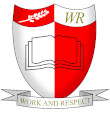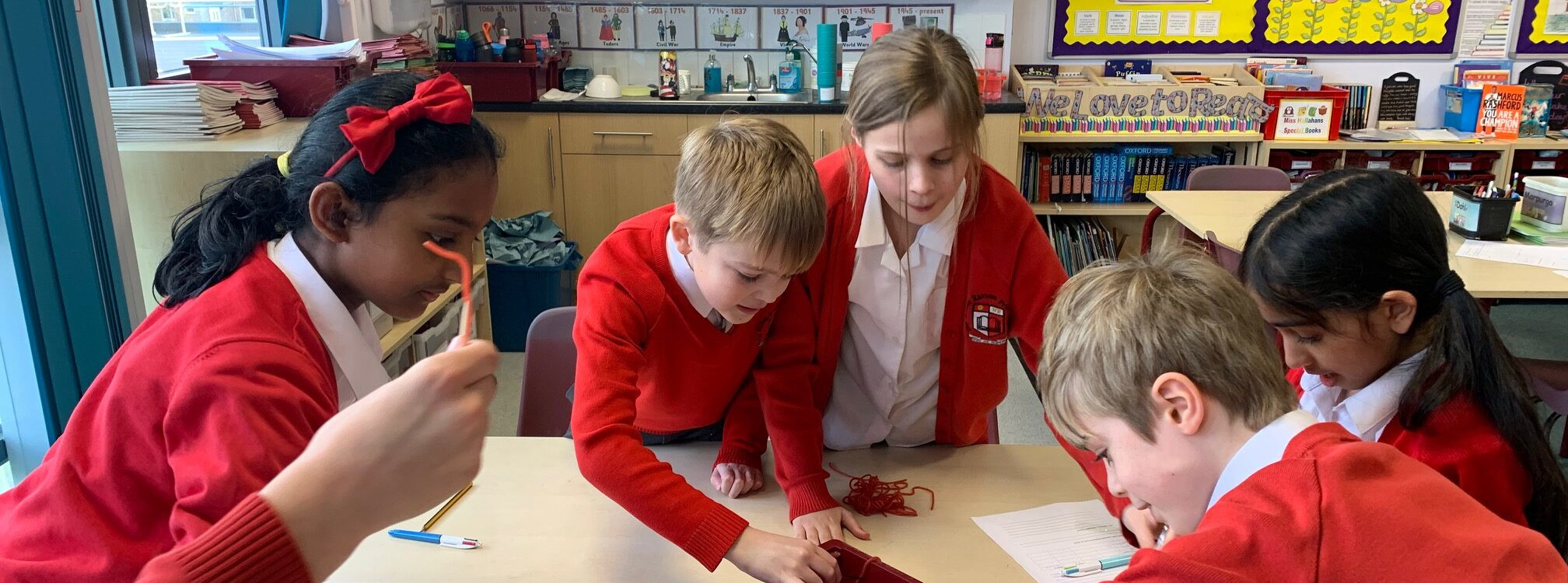As a school community, our greatest priority is keeping our children safe. We work
closely with Hertfordshire Families First to ensure that families needing support get
early help and will refer families to children’s services where there is a concern
about suspected neglect or abuse or may refer families for early help through other
agencies, often on a more local level.
Detailed information about safeguarding responsibilities and procedures can be
found on our policies page and is summarised in our guide to safeguarding.
In order to achieve the very best possible outcomes for themselves and so that they
can form and sustain healthy relationships and contribute to society at large, the
children need to be able to thrive and grow unimpeded by anything or anyone that
might cause them harm.
As they grow from babies to toddlers, through childhood and into adolescence,
children become more and more independent and need to develop the skills to
identify and evaluate risk as well as how to deal with the unexpected. They cannot
do this without the help and support of the adults in their lives.
The NSPCC website https://www.nspcc.org.uk/keeping-children-safe/ provides a
range of useful information about helping children to stay safe in a variety of different
contexts, from stranger danger to substance abuse. Their video
below, Pantosarus, can be used as a talking point with children to help them
understand about boundaries and about how to keep themselves safe. Age
appropriate information for children can be found on the Childline website
https://www.childline.org.uk/kids.
Personal, Social, Health and Economic Education (PSHE) is the area of the
curriculum in which pupils are explicitly taught about keeping themselves safe and
healthy and we use the One Decision scheme for this. More information can be
found on our Year group jigsaws.

